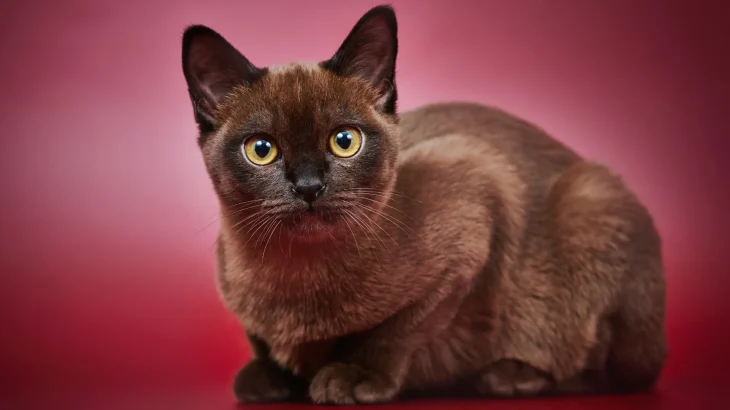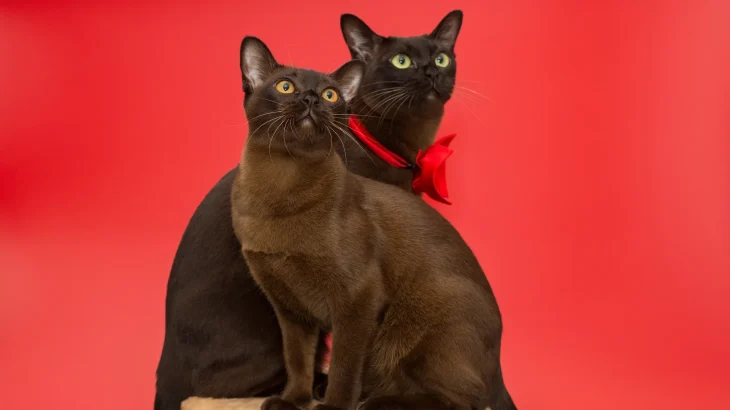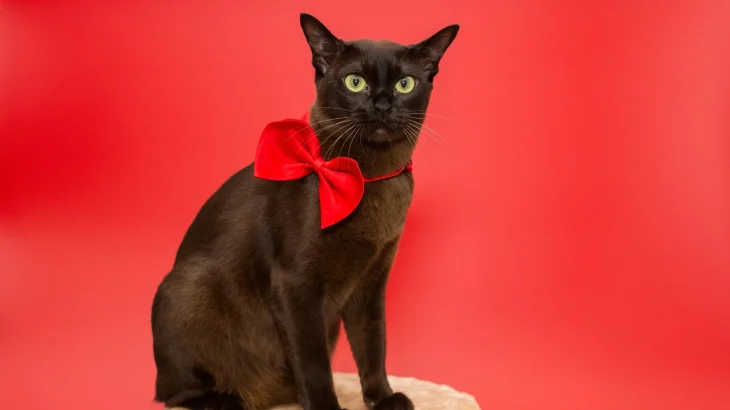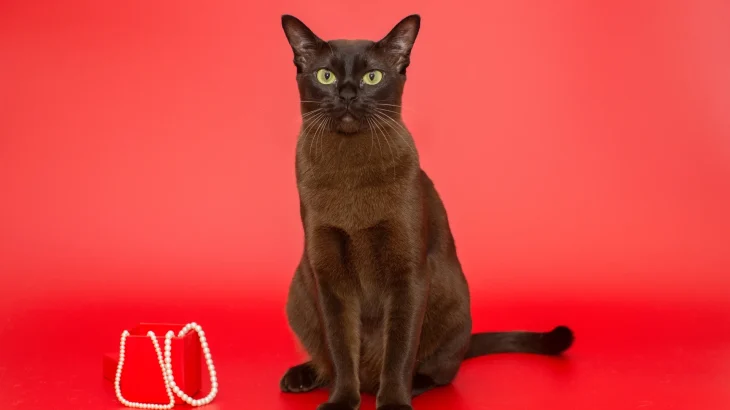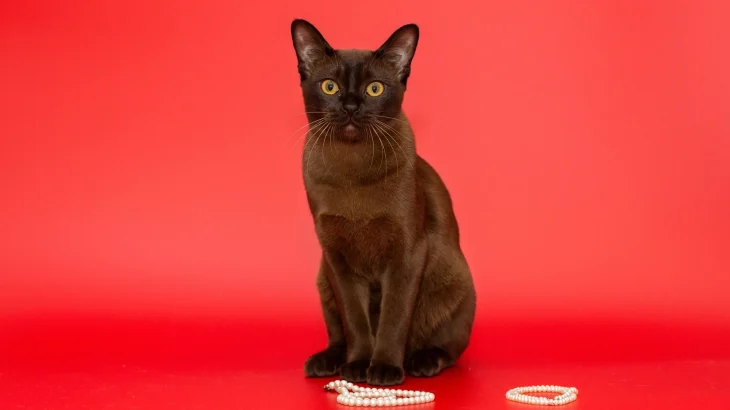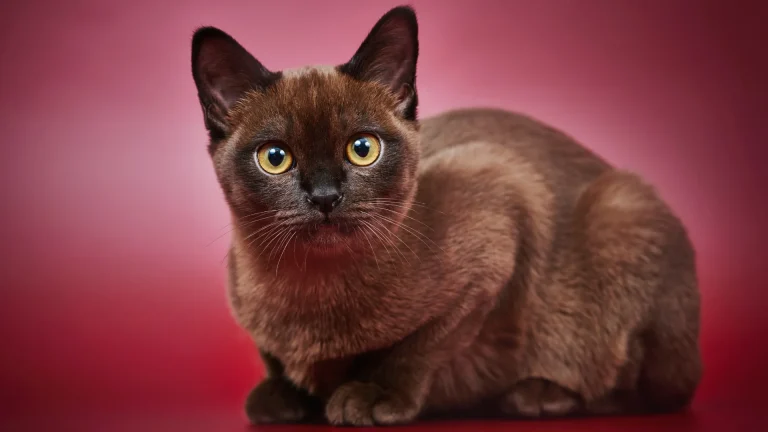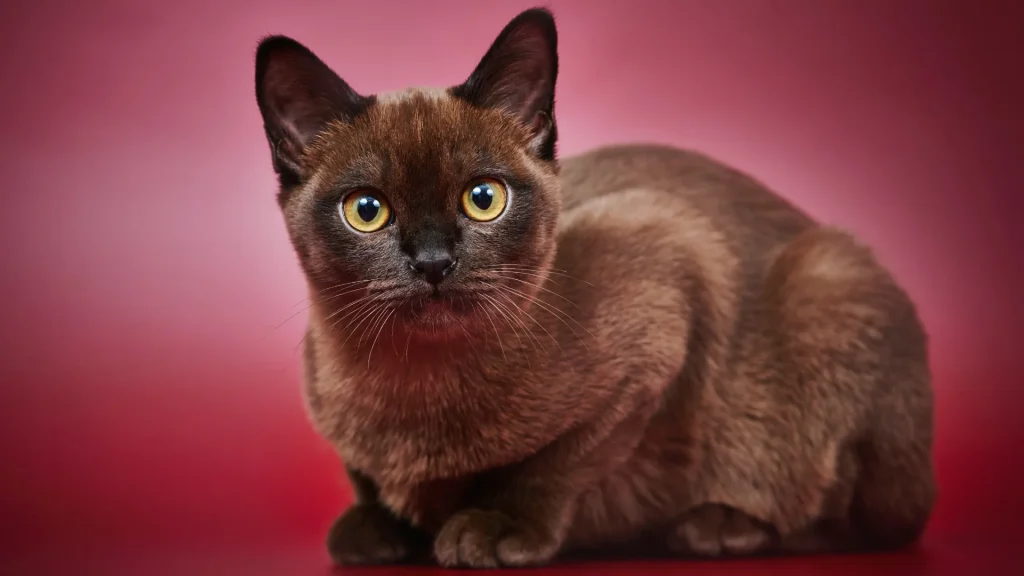Deciding whether to adopt or buy an American Burmese kitten depends on your preferences for health history insight and ethical choices. Buying from a breeder usually provides detailed pedigree info and breed-specific care, while adopting gives a loving home to a cat in need, usually at a lower cost.
| Criteria | Buying from Breeder | Adopting from Shelter/Rescue |
|---|---|---|
| Cost | Higher initial cost; breeders price kittens above average due to pedigree and breed traits. | Lower adoption fees, often covering vaccinations and spaying/neutering. |
| Health History | Breeders provide health records and screening for Burmese genetic disorders. | Health history may be limited or unknown; shelters do basic health checks. |
| Age Availability | Usually kittens, allowing early bonding and training. | Various ages available, including adults with known temperaments. |
| Temperament Insight | Breeders share lineage temperament and socialization details. | Shelter staff can provide behavioral observations; full history often incomplete. |
| Supporting Practices | Supports breeding programs aimed at preserving breed quality. | Helps reduce cat overpopulation and gives homes to cats in need. |
| Breed Purity & Pedigree | Purebred with registered pedigree papers. | Breed purity usually unknown; pedigree papers uncommon. |

